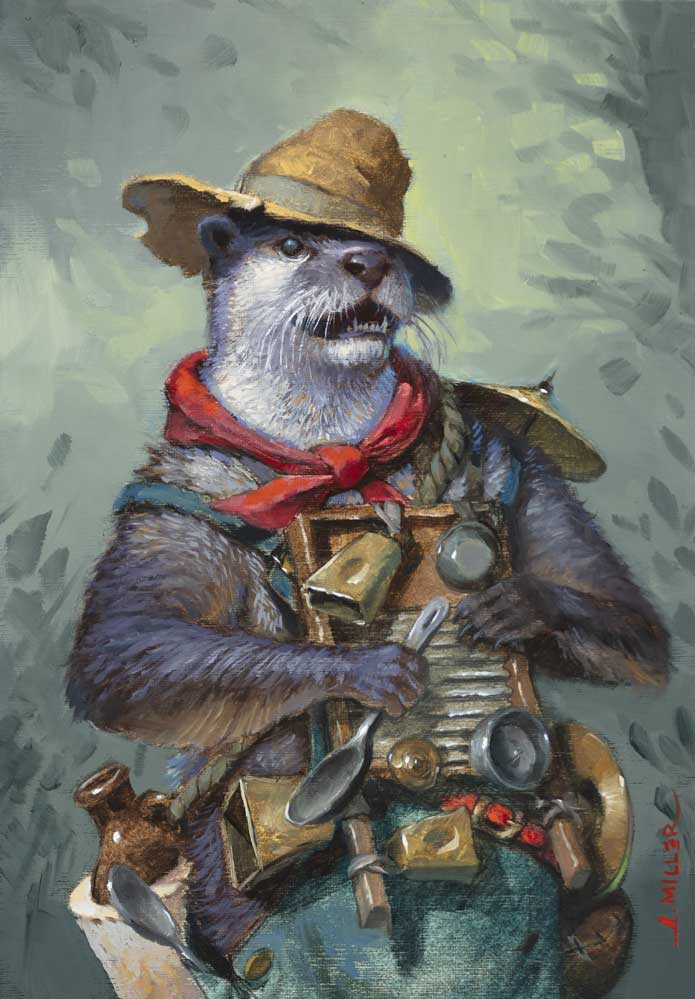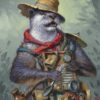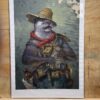WANT TO BUY EARLY?
Unlock 30 minutes early on our mailing list
Clambake Fandango
by Aaron Miller
One-otter-band Clambake Fandango!
Oil. 7 x 10 on 8 x 12 oil paper.
Product Width: 8 inches
Product Height: 12 inches
Product Framed size: 7 x 10 inches
Product Height: 12 inches
Product Framed size: 7 x 10 inches
$525 $525
In stock
Aaron Miller
Aaron Miller is an award winning Chicago based illustrator. His focus is with fantasy and science fiction. Working in digital and traditional mediums Aaron creates illustrations for books, games, and the like. He is honored to have been published in Spectrum, Infected By Art, BlueCanvas, Exposé, Fantasy+, and ImagineFX magazine.
Aaron Miller has illustrated over 100 cards for Magic the Gathering.
Aaron Miller has illustrated over 100 cards for Magic the Gathering.
PAST ORIGINALS
A few you might have missed!
-
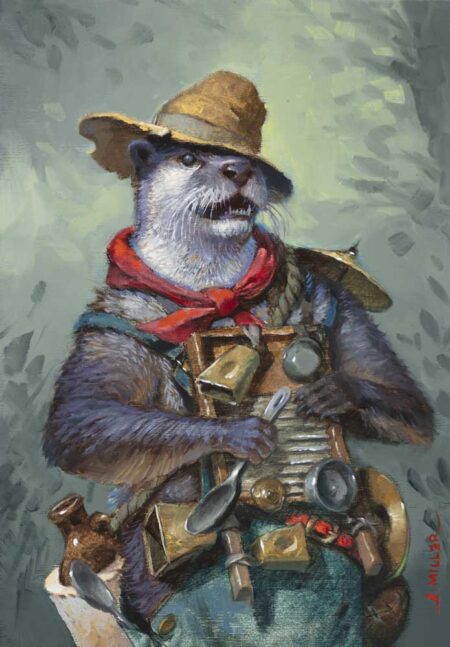
Clambake Fandango
By Aaron Miller $525 $525 Add to cart -

The White Raven
By Angelika Rasmus $490 $490 Add to cart -
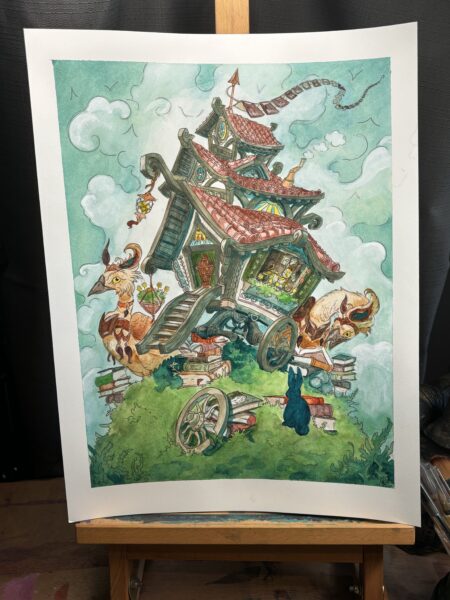
Reading Break
By Rachel Quinlan $625 $625 Add to cart -

Ashintully Gardens
By Stephen Sengebush $350 $350 Add to cart -

Malum Malus
By Tia Kinsman $270 $270 Add to cart -

Summerween
By Stephanie Inagaki $625 $625 Add to cart -

Don’t Look Down
By Catherine Moore $350 $350 Add to cart -
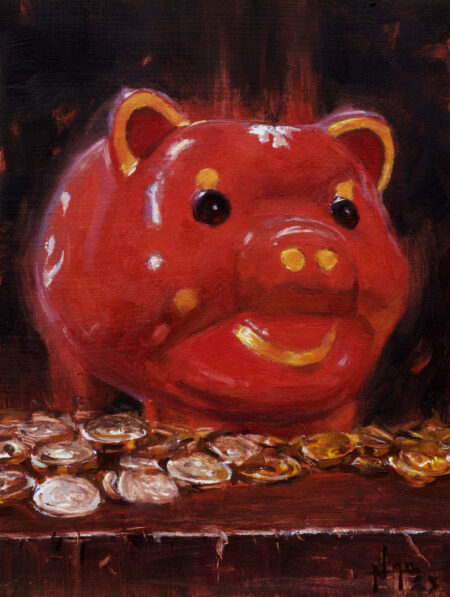
Prosperity Pig (Treasure Token)
By Alex Ngo $350 $350 Add to cart

